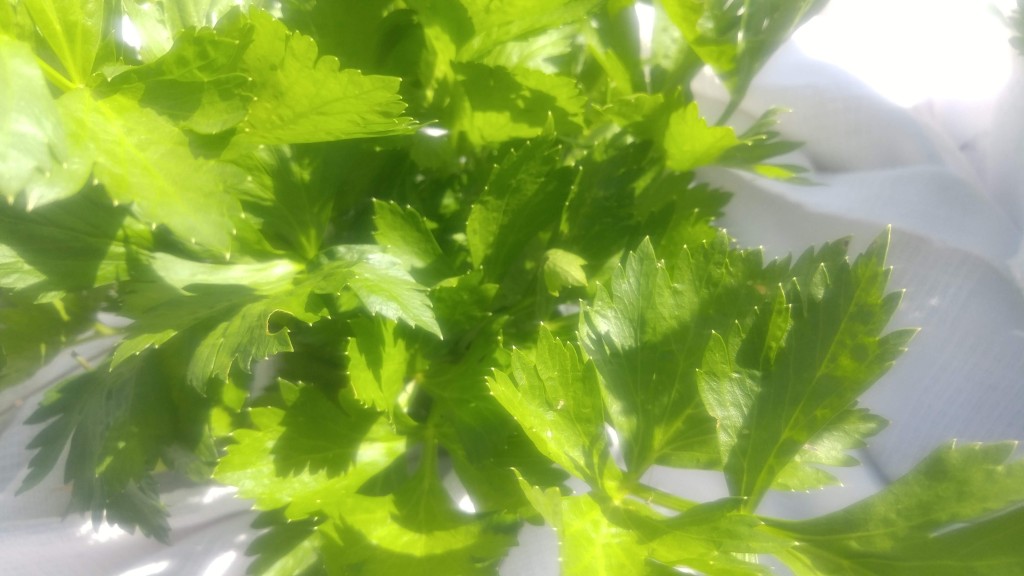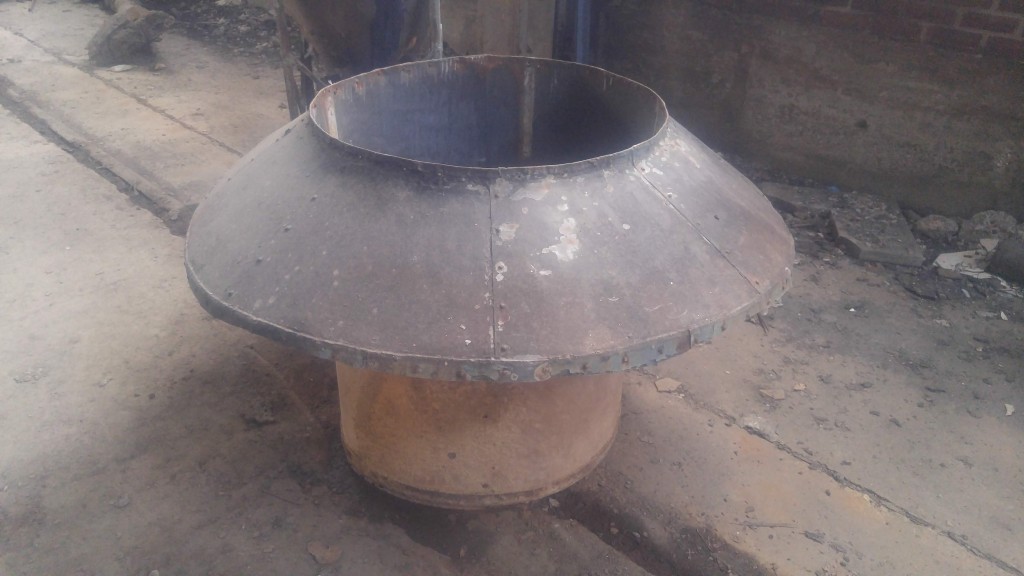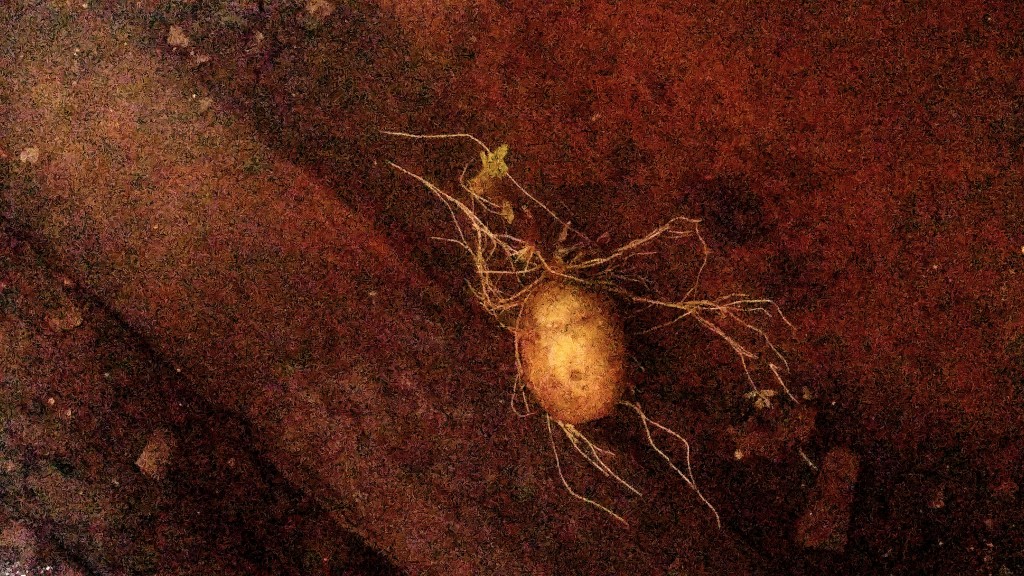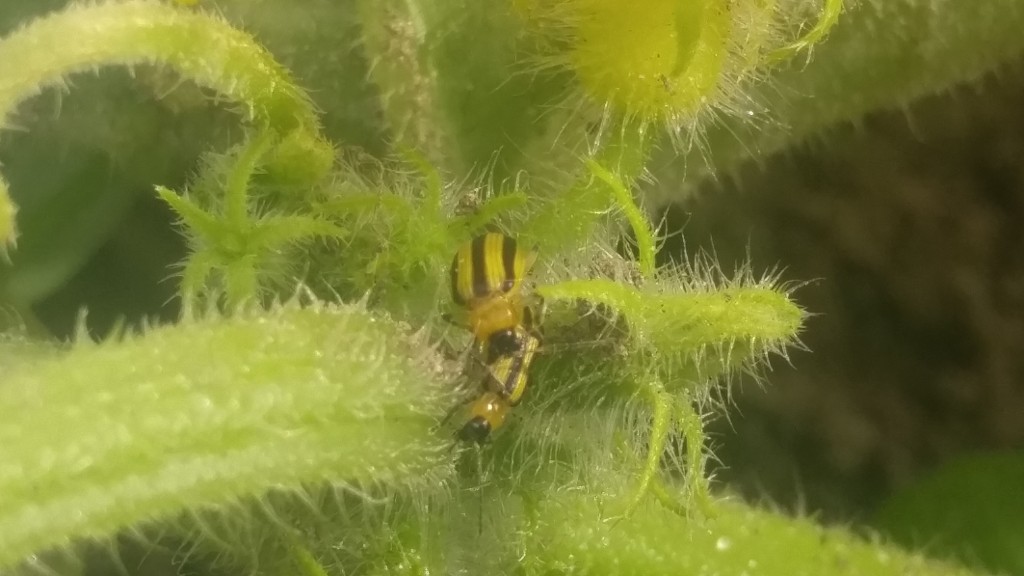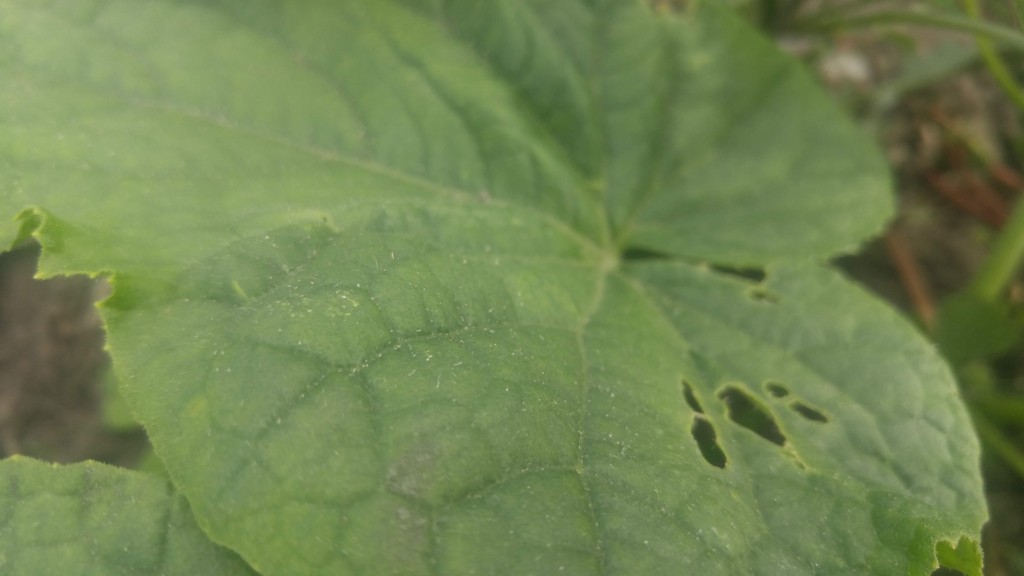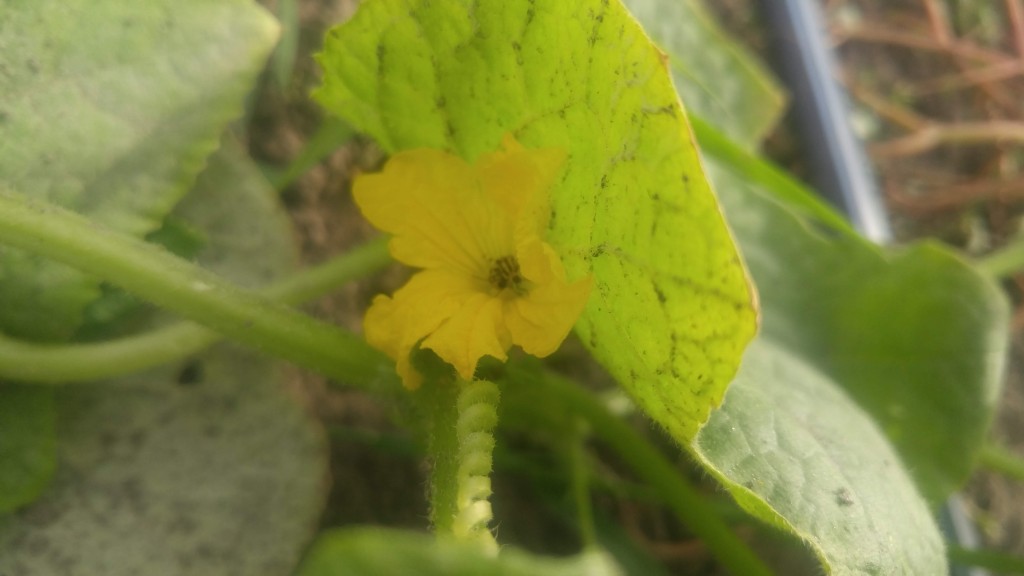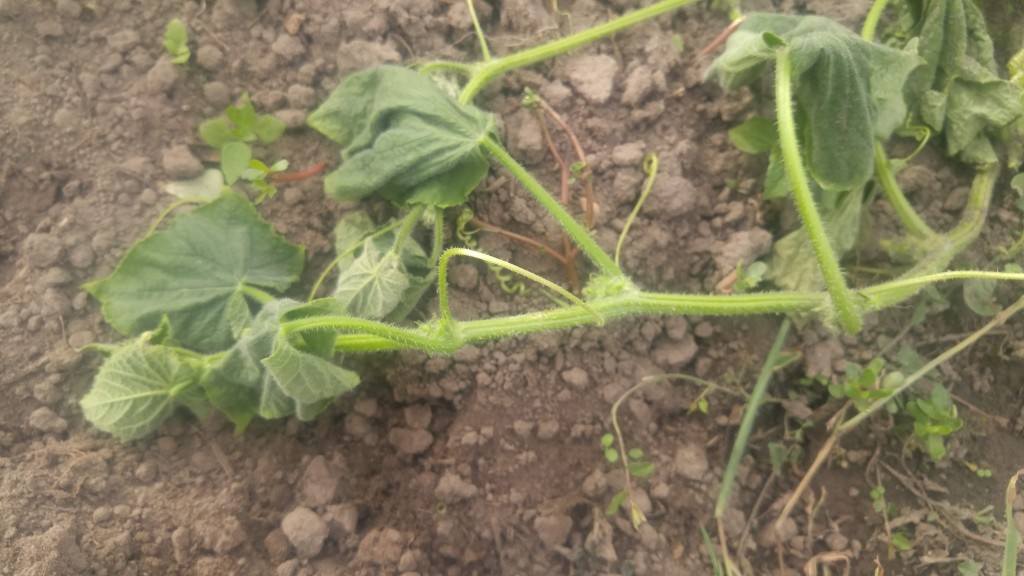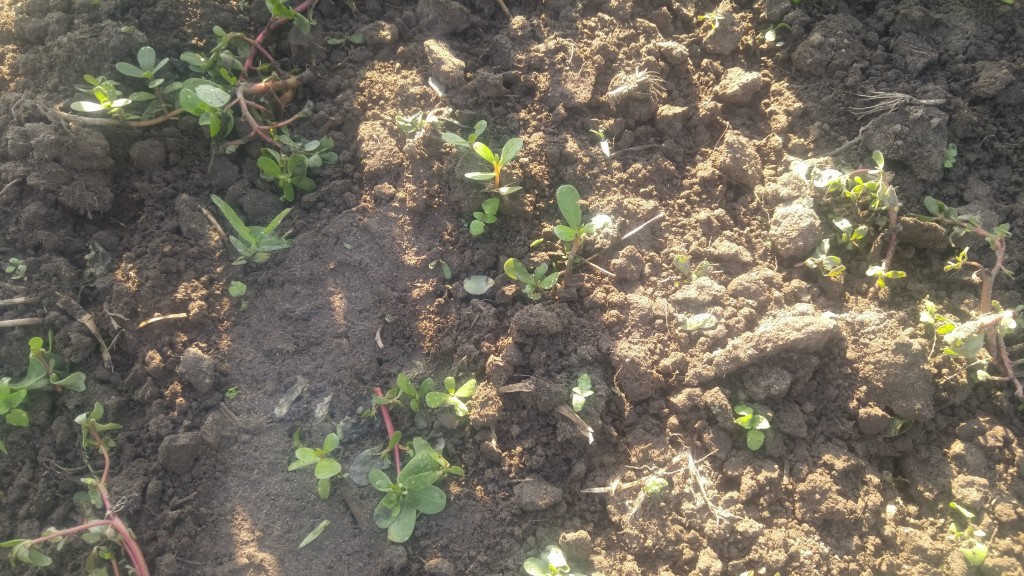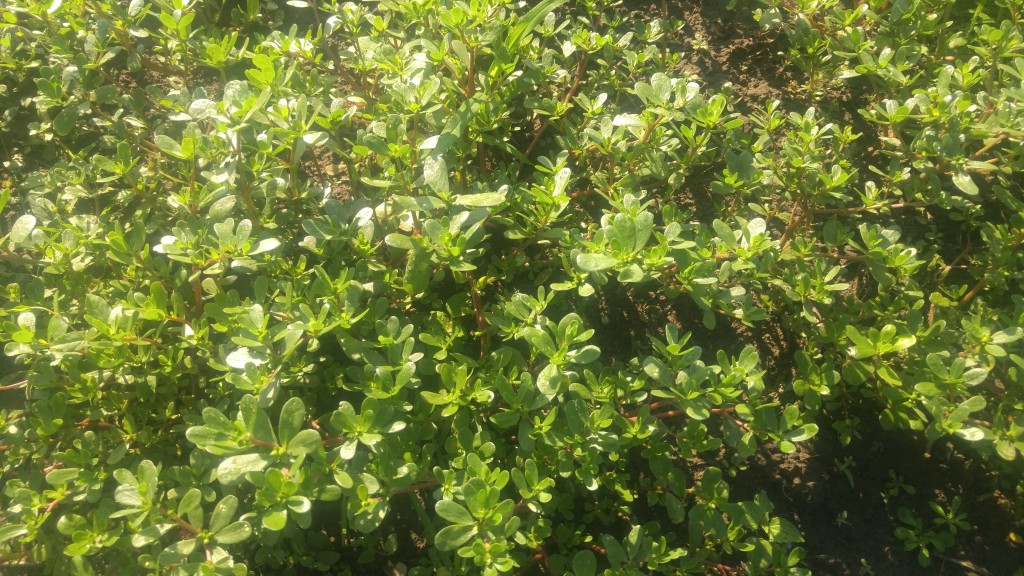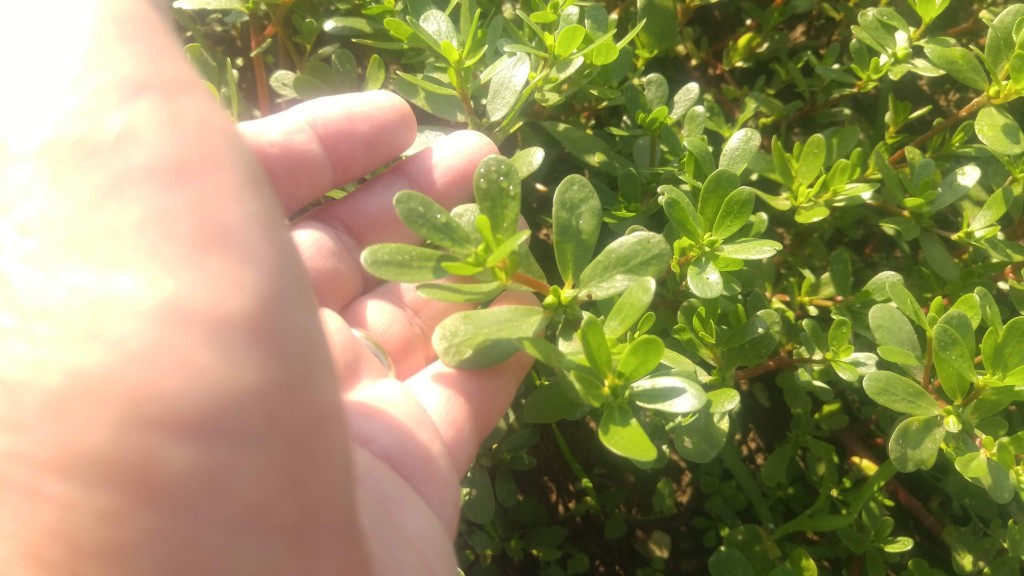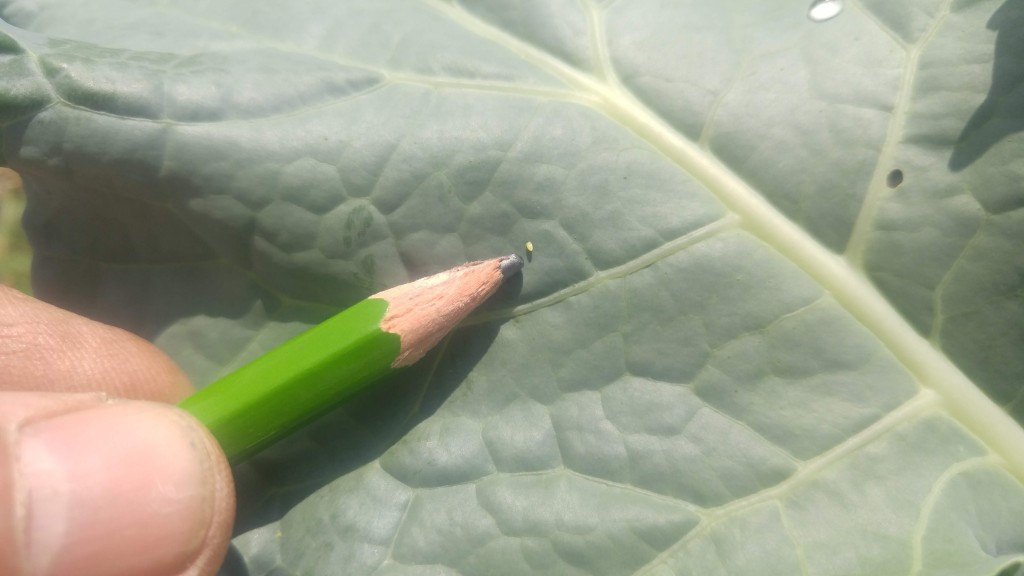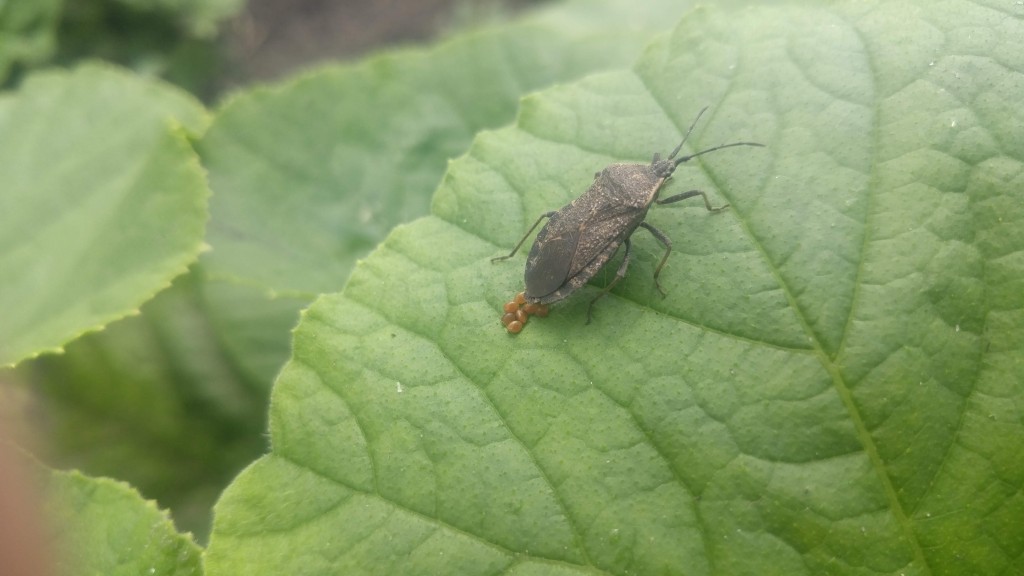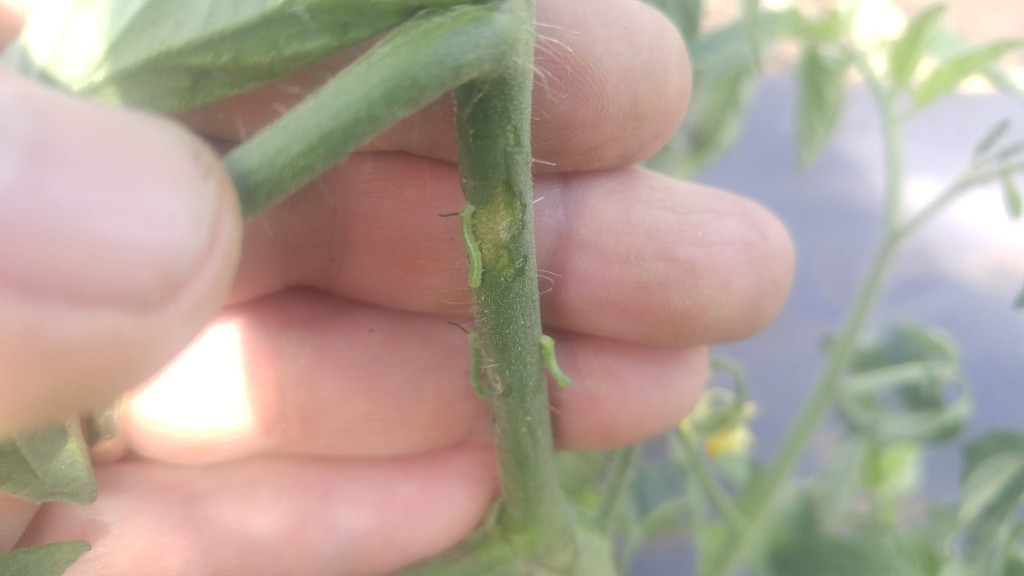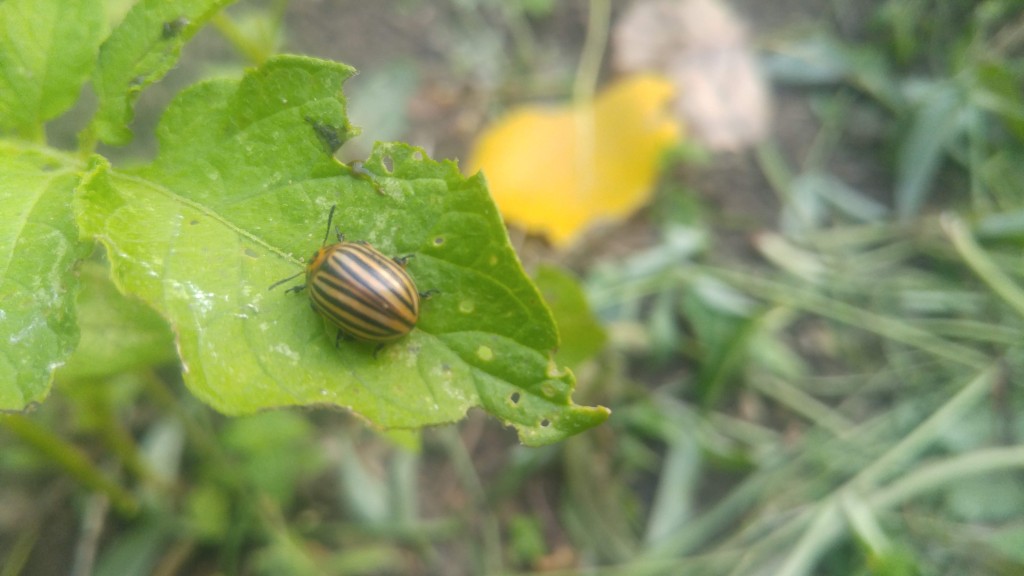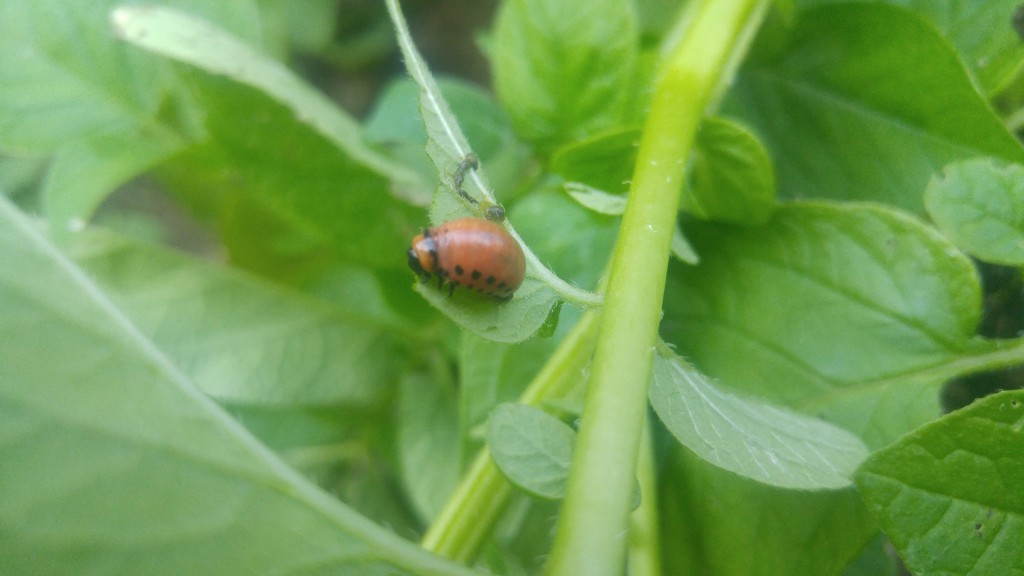Everyone is familiar with the long, perfectly shaped, crunchy stalks of celery found in the produce department. Celery can be fairly easy to grow but getting it to look and taste like store bought is another matter. I’ve tried many times and came close but never really got it to where I thought it was up to snuff.
There is another type of celery that is a good alternative for gardeners. Chinese celery or cutting celery is the same species as the more familiar grocery store Pascal-type celery but grows differently. It doesn’t produce large stalks instead, people grow it for its flavorful leaves. When growing, it looks just like you would think celery should. Even the stalks look like celery stalks except they are much smaller.
Cutting celery has a passing resemblance to some types of flat-leafed parsley so there could be some confusion between the two. Celery has that tell-tale celery stalk that sets it apart at the produce stand.
The leaves are stronger tasting than other kinds of celery, so the flavor is more complex and holds up much better after drying.
My celery grew very well in the lower end of my garden. With the regular rains we had during the summer, the soil in that spot stayed pretty damp the entire season. It’s not too surprising they liked it there when you consider places like swamps and lowlands are where wild celery grows in its original. habitat
I’ll be cutting my Chinese celery this week and plan to dry it in my dehydrator. When it’s dry, I’ll seal it up in air-tight jars and use it in the winter for seasoning soup and other recipes that call for celery flakes. When put into a small decorative container, it makes a nice gift for someone to keep in their kitchen.
Growing fresh celery stalks might be lots of fun but having a jar of your own celery flakes in the spice rack is very satisfying too.
Bob
